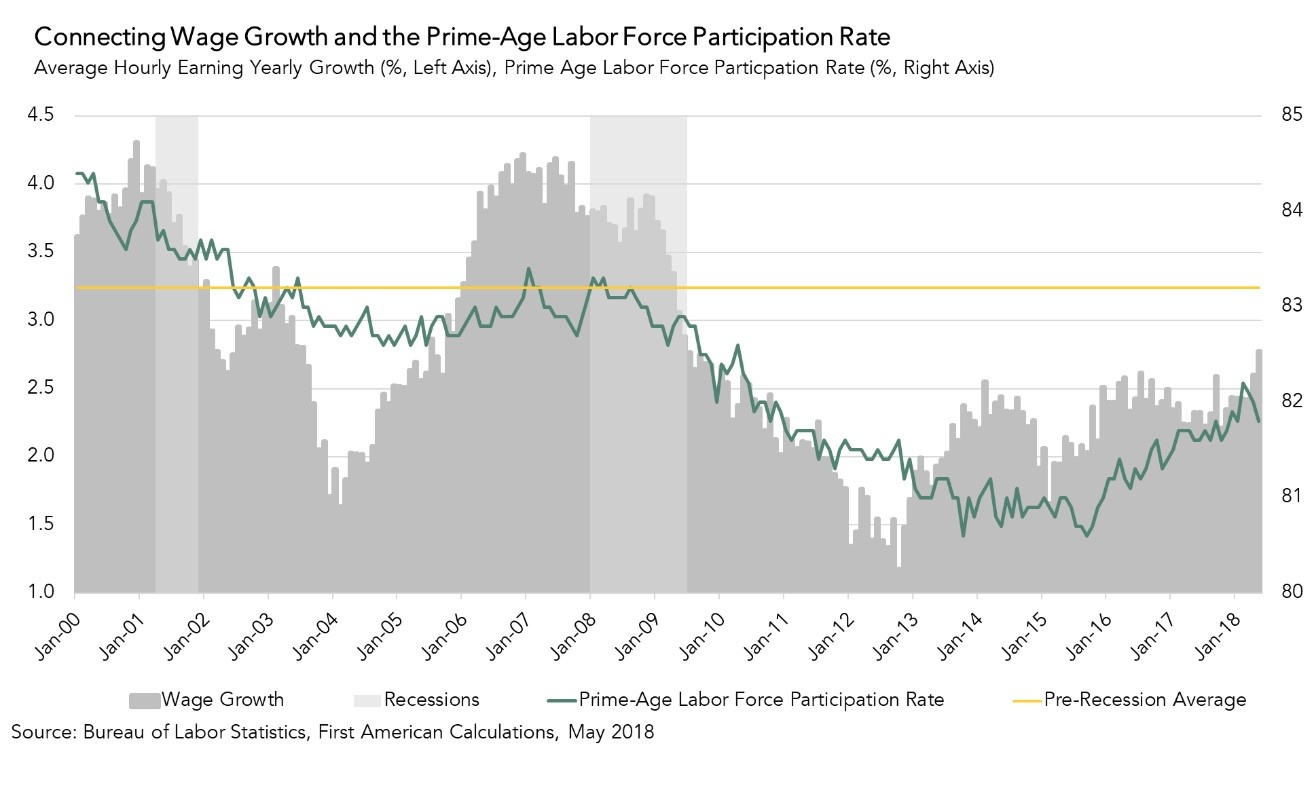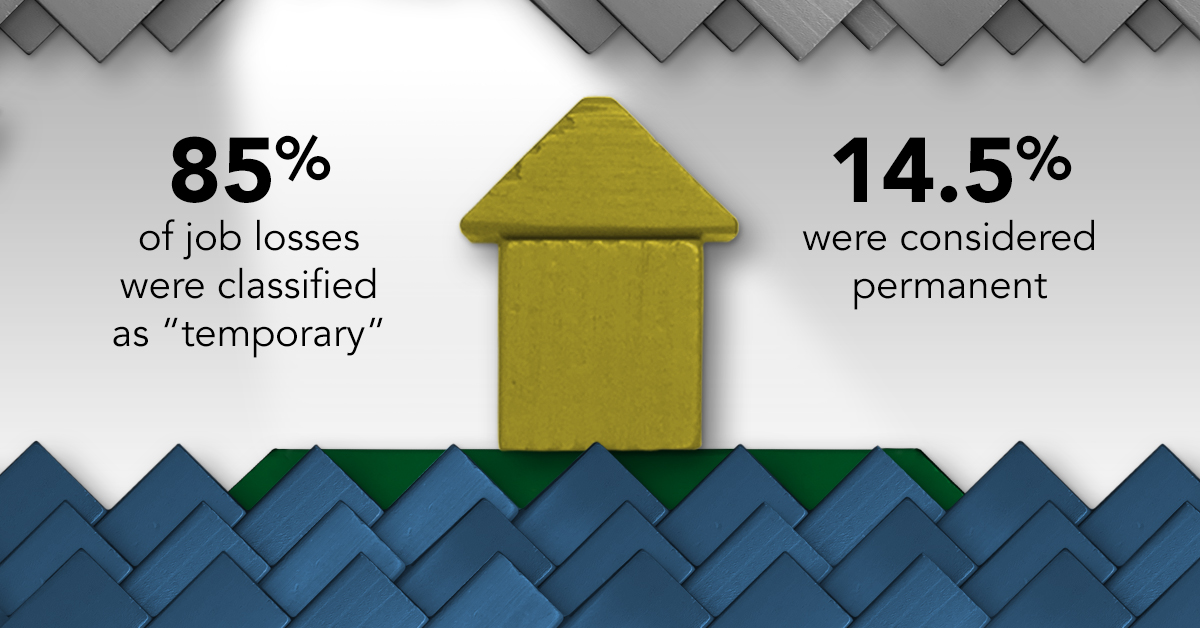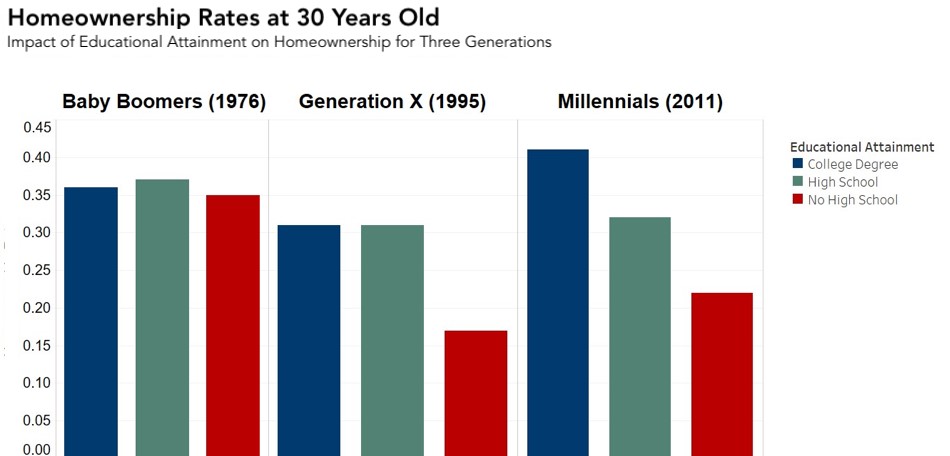The Bureau of Labor Statistics’ employment situation report for May signals good news for the housing market, as the unemployment rate hits an 18-year low, and hourly wages continue to increase.
"In today’s economy, the current pace of wage growth is line with the current level of the prime-age labor force participation rate."
Here are the highlights. Total non-farm payroll jobs increased by 223,000 in May. In fact, total non-farm payroll jobs have now increased every month since October 2010. Since that date, the U.S. economy has added more than 17.5 million jobs. The unemployment rate edged down to an 18-year low of 3.8 percent in May. Average hourly earnings are up 2.78 percent over a year ago for production and non-supervisory employees, which remains below the pre-recession pace of growth.
For those who believe that low unemployment should lead to higher wages, the disconnect in this data is puzzling. In order to forecast inflation and wage growth, economists have historically used the Phillips curve, which traditionally has illustrated that as the unemployment rate goes down, wage growth goes up. Yet, it seems today that the Phillips curve relationship is broken.
A stronger indicator of likely wage growth is the prime-age labor force participation rate, which is the total number of employed and unemployed 25-54 year-olds as a share of the total number of 25-54 year-olds. As this participation rate rises, competition among employers for workers increases, leading to higher wages. The prime-age labor force participation rate hit a post-recession low in September 2015. Since then, it has been rising steadily to its current level of 81.8 percent, as reported in yesterday’s employment situation report, and it is much closer to its pre-recession level of 83.0 percent.
The current prime-age labor force participation rate, our “new Phillips curve,” indicates production and non-supervisory wage growth should be 2.45 percent. This is much closer to today’s reported growth rate of 2.78 percent, when compared with the traditional Phillips curve model projection of 4.0 percent. If the prime-age labor force participation rate continues to improve and reaches its pre-recession average of 83.2 percent, we estimate annualized wage growth would rise to 3.3 percent, based on our “new Phillips curve.” In today’s economy, the current pace of wage growth is line with the current level of the prime-age labor force participation rate.




